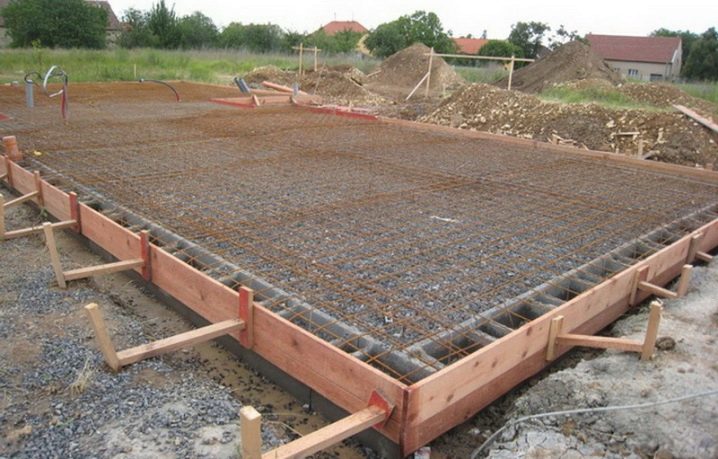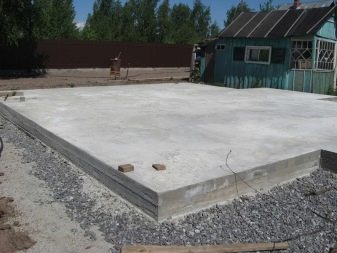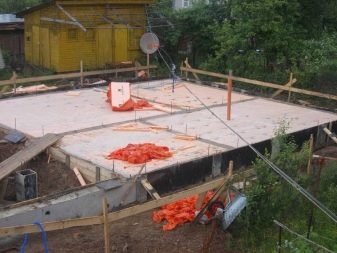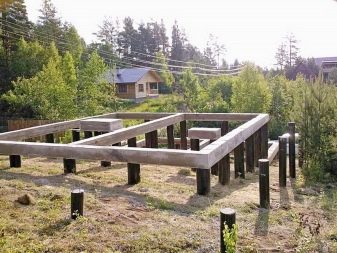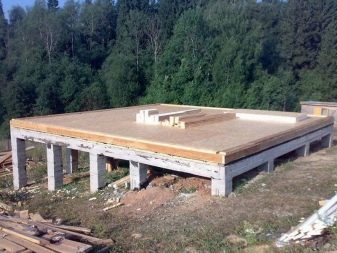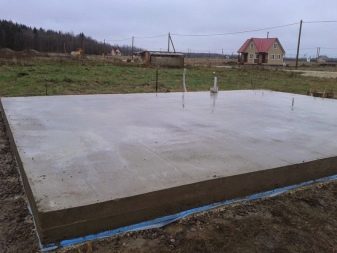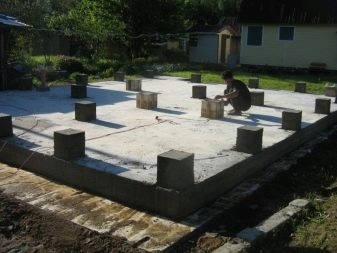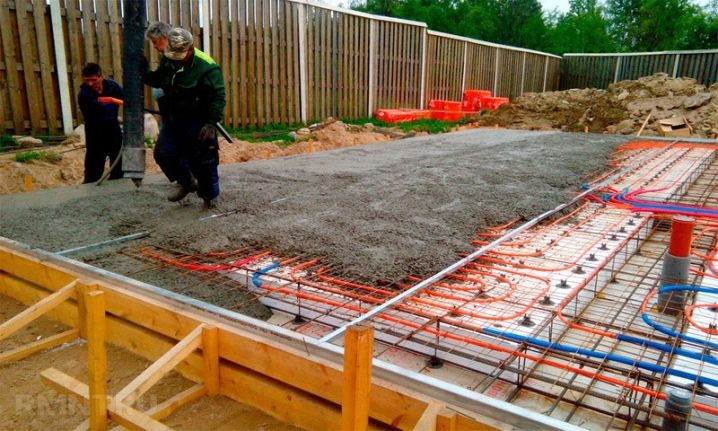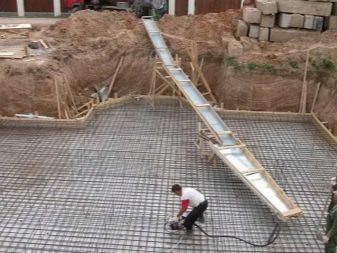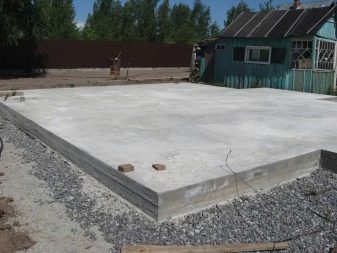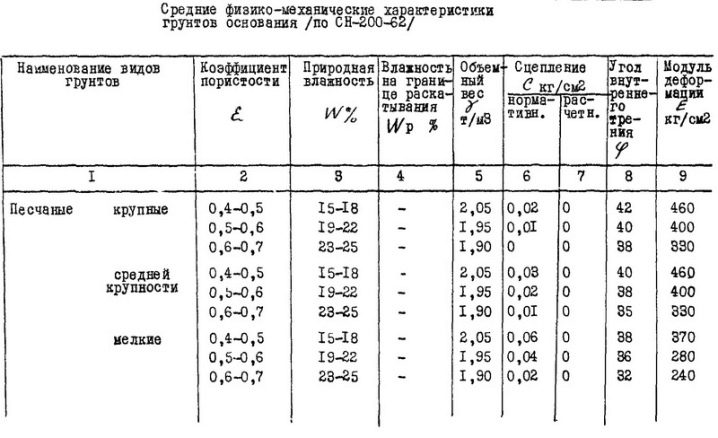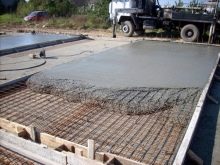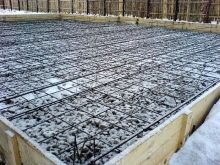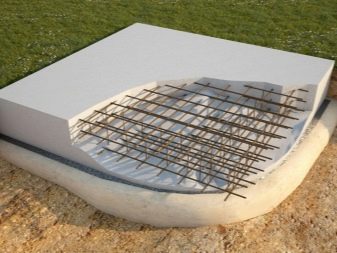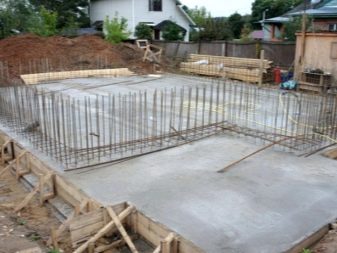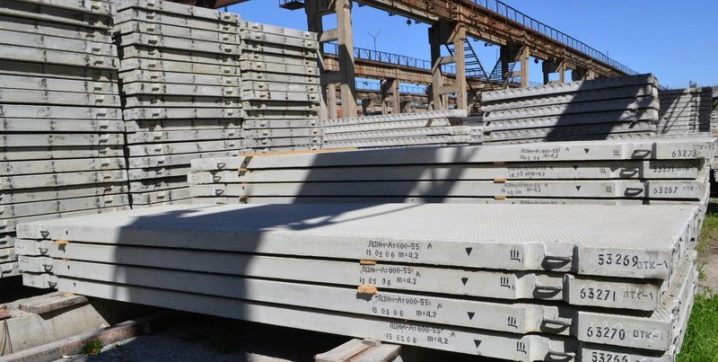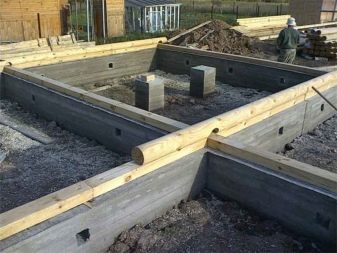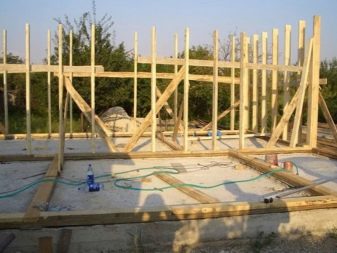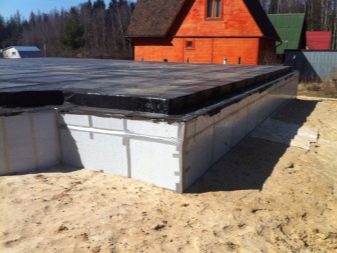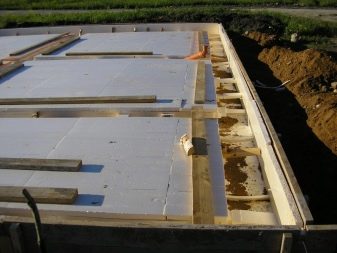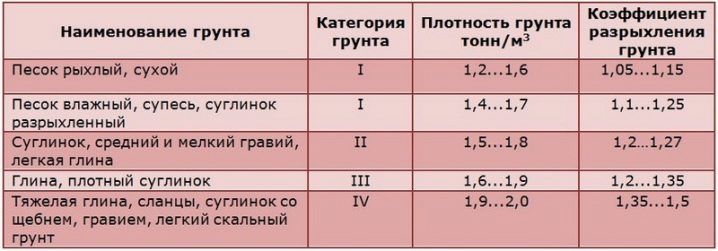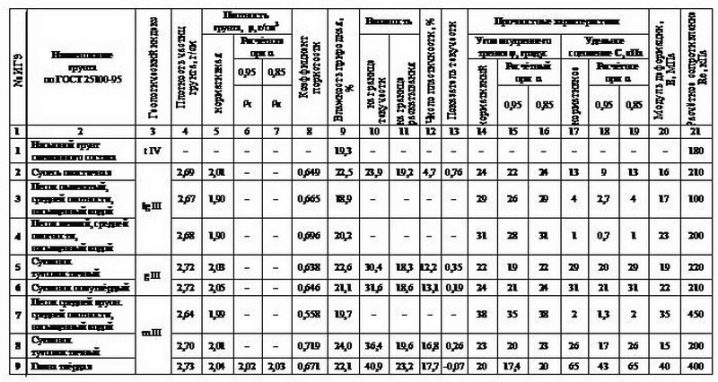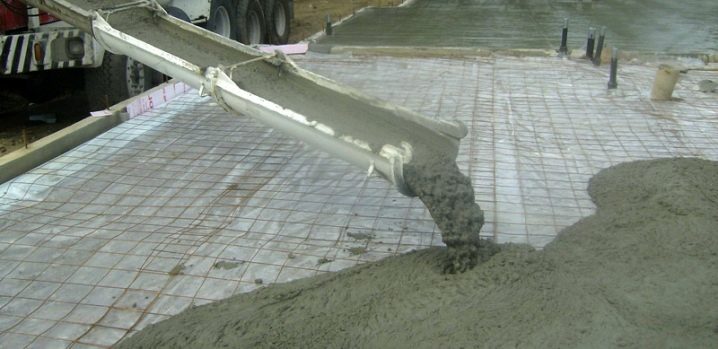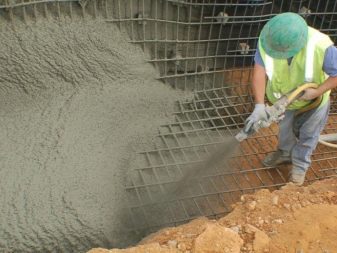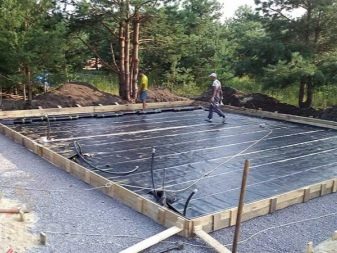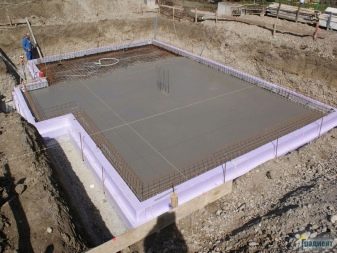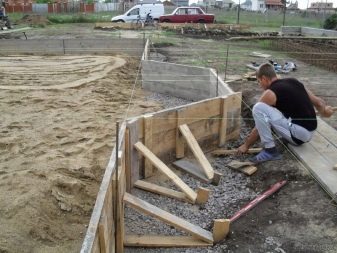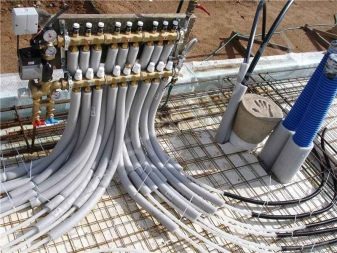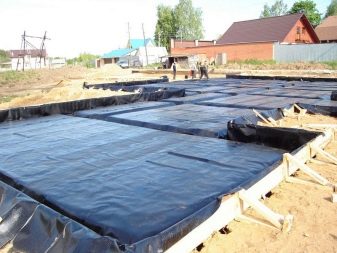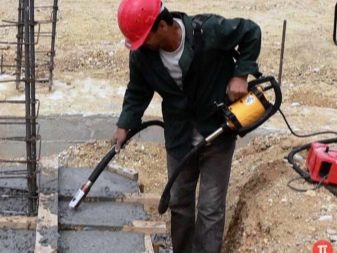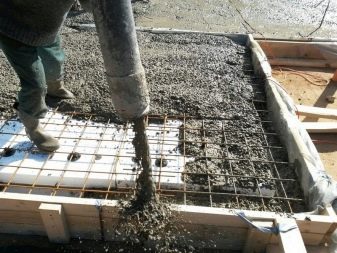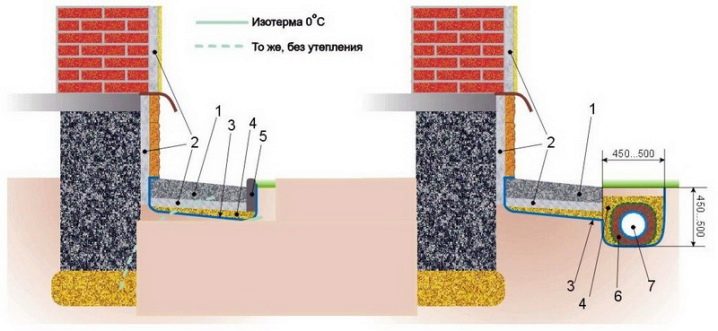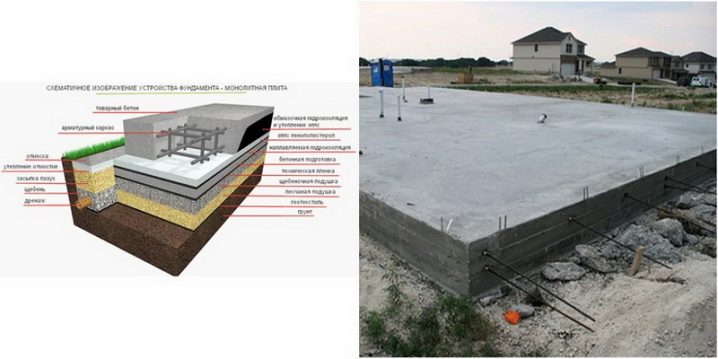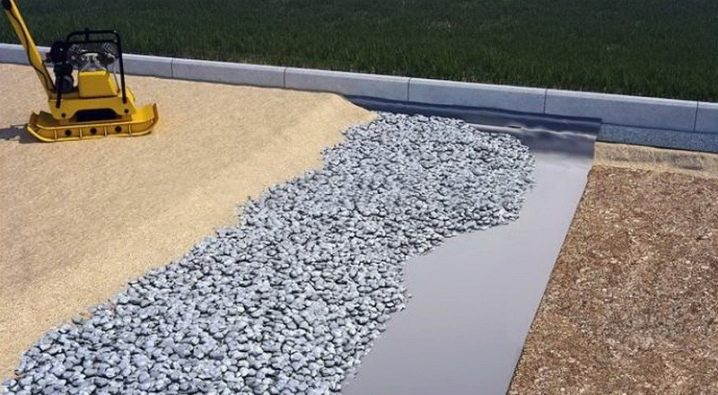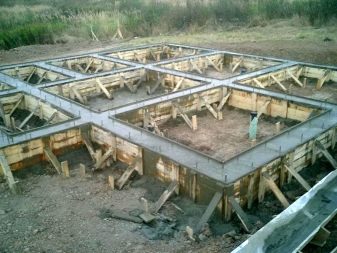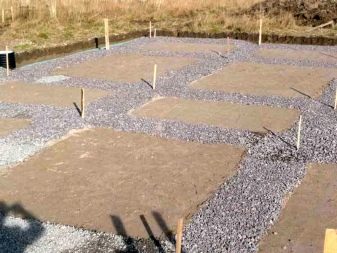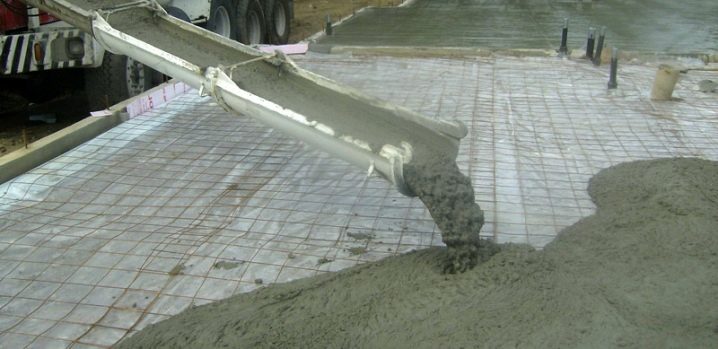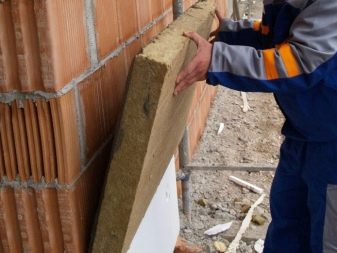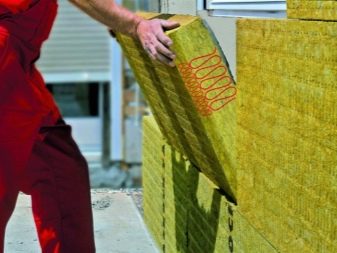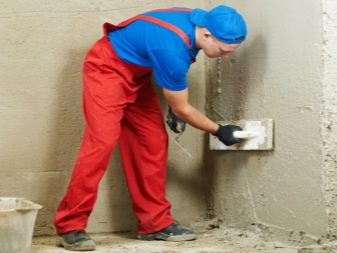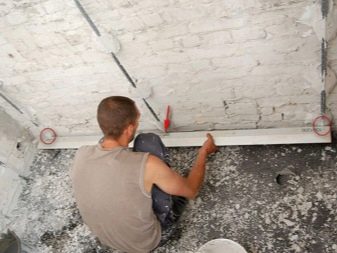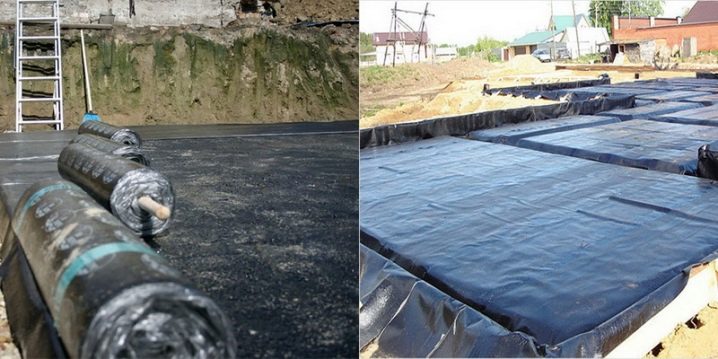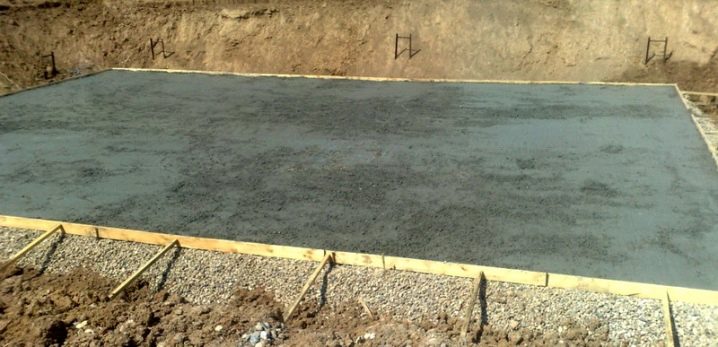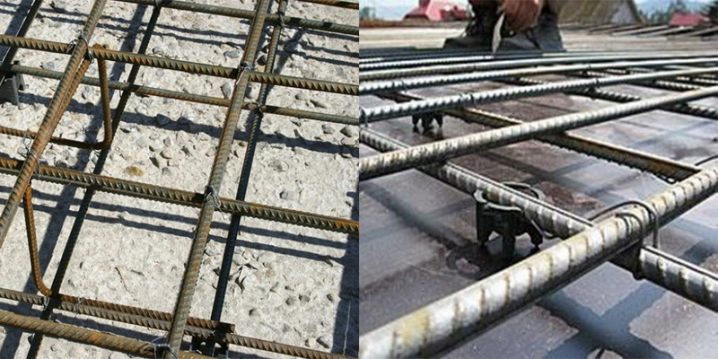Rules for the calculation and construction of slab foundation
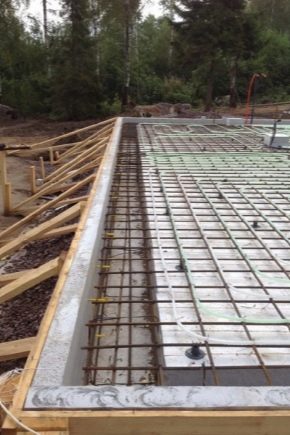
No capital structure can do without a foundation. Even if it is located almost on a special place belongs to structures based on slabs of stone materials.
Special features
No matter how much the tape and piles were praised, the foundation of the slabs in a private house is not going to give up its positions. There are many names - many are aware of the solid, about the floating foundation, about the Swedish plates and simply about the plates, which come in various forms. All this is far from accidental, because such a basis for houses is used in a variety of conditions and situations.It is very important to understand correctly what is the specificity of a plate array in general and a particular type in particular. According to professionals, flat supports made of reinforced concrete of moderate thickness are best suited for private construction.
Advantages and disadvantages
The slab foundation system is authoritative for a reason; its reasons for its relevance are associated with both engineering and other considerations.
You can expand the plate on any basis:
- on soil with weaker bearing properties;
- on permafrost;
- in soils with high rates of horizontal movement;
- with a significant rise in groundwater;
- in areas prone to heaving.
You can find references to the fact that the slab foundation is heavily erected on the slopes and that the pile is more efficient there. But it is not so. In the practice of construction in foreign countries, hybrids of slabs and high ribbons of monolithic execution or the combination of piles with slab grillages have long been mastered. Regardless of the location, if done correctly, the bearing capacity of the slab foundation will be very high. This quality is ensured by an increased footprint; suffice it to say that the Ostankino television tower is precisely on the stove.
A solid level of spatial rigidity is provided by the exclusion of seams and rigid reinforcement schemes. The flip side of this solution is inevitably increased material consumption. Architects consider the foundations of slabs as the best solution for buildings with rigid walls, which should not move even to the smallest degree. Brick houses and built-in cinder blocks, structures from shell rock and aerated concrete feel calm and confident on this basis. Reinforced concrete slab with a small depth or no depth at all is well suited for work even on very violently swelling soils.
It is harder to seep through water through the slab base; in addition, it is better than tape and piles in thermal performance. The construction from scratch requires a minimum amount of earthworks, the layout of the structure is not particularly difficult, as well as reinforcement and concreting. The level of requirements for qualification of builders is reduced.
At the same time, it is necessary to take into account certain weaknesses of the slab foundation:
- very poor compatibility with the organization of the basement;
- high consumption of concrete solution and reinforcement;
- poor understanding of many people about the real characteristics of plates and their types;
- opportunity to work only in good weather.
It is worth considering that a significant consumption of materials when pouring the foundation slab is fully justified in the subsequent stages of work, since the draft floor for the first floor will already be ready, it will not be necessary to create a ceiling. It will be possible directly in the mass of the slab to form a warm floor, abandoning the Gulf of additional screed. To make a formwork, you need significantly fewer planks or steel sheets than using tapes. As the volume of recoverable soil is reduced, the fee for its removal also decreases.
Lowering the plinth reduces the height of the walls, spending of money and labor on finishing them becomes less. There is no need for concrete pumps, lifting equipment and excavators, and drilling. All you need is a car mixer. Ideally, you can do all the work with your own hands and not depend on the skill of the professionals.
Regulatory requirements
GOST prescribes a number of standards that must be met by any slab used to organize foundations.According to them, such constructions can be used only for buildings and structures designed for seismic hazard of not more than 9 points. Laying such plates without special protection is unacceptable if the soils and the water they contain can destroy reinforced concrete. But resistance to severe frosts (at air temperatures below -40 degrees) is quite sufficient. Before construction begins, a complete set of geological surveys should be made.
Their list is determined by the design organization, starting from the construction specifications. Be sure to carry out probing in static and dynamic mode. Only in this way can one appreciate well the strength, mechanical parameters of a soil substrate. In the course of calculating the load, official construction guidelines allow one to ignore the own mass of the slab to be created, if it will be laid on the sand. Calculate the interaction of the base with the structures at the top should be based on the sequence of construction works.
The choice of the design scheme is preceded by a mandatory estimate of the compressible thickness of the base.When the shrinkage of a future home or other structure is calculated, it is totally unacceptable to ignore any loads, including natural ones. To eliminate misunderstandings from heterogeneity in assessing the properties of the soil, the substrate is conventionally divided into so-called nodes. Preliminary dimensions are taken exactly so that it is guaranteed to avoid forcing a layer of concrete under the design load. Given the many emerging nuances, it is recommended to entrust the design to specialized organizations.
Kinds
When building houses, the concrete tile base is not always the same.
The monolithic scheme is divided into three subtypes:
- without penetration (with pouring directly on the surface);
- with small introduction (0.5-0.6 m);
- with deep penetration (up to 150 cm, that is, to the greatest depth of soil freezing).
Industrial construction sometimes implies greater depths of laying the slabs, but they will not be required for the construction of residential buildings. A solid reinforced concrete slab is much better than a chain of prefabricated blocks connected by cement mortar. The combination of even strictly homogeneous parts is not durable enough, and the main problem is just the joints.Another problem is that the supporting road RCB-plate can be delivered and assembled on site only with the help of expensive cars. Directly on the spot, it is possible to use both plain concrete and reinforced concrete; the width of the surfaces to which the load is applied, according to the standard, is 160 mm.
The slab foundation will be able to be poured in as follows only with special heavy concrete. The choice of his brand in each specific situation is strictly individual. Developers should take into account both the future operation of the structure and the climatic characteristics of the construction area. When making a final decision, you must first ensure that it guarantees resistance to soaking and freezing. Reinforced foundation blocks are supposed to be filled with either steel rods or reinforced wire of strictly defined sections.
Road concrete products are attractive for their good climatic characteristics. Suffice it to say that for their intended purpose they are used even in the territories of the Far North and in other regions with severe weather conditions. With strength, too, everything is in order - on the roads, where similar plates were used,allowed to skip heavy machinery. Previously used road blocks are not always of high quality. If you buy a completely new, you will need to pay a noticeably larger amount.
From experience, it is best to lay road slabs where there is no need for a high base. This is a garage, an outbuilding or a summer kitchen. In the case of a country house or cottage building, the owner is limited to two floors. Some people are also interested in slab foundations made of aerated concrete.
According to the standards in force in the Russian Federation, it is strictly forbidden to use for foundation construction:
- fired ceramic products containing a void or gap;
- silicate brick and materials based on it;
- concrete blocks with slots or voids;
- ceramic brick, released by the method of semi-dry pressing;
- all cellular concrete in any form.
Aerated concrete belongs to the latter category of materials, for the same reason foam block is also prohibited. There are a number of reasons why compilers of regulations have imposed such a strict ban. Thus, aerated concrete blocks are designed to reduce the mass of enclosing structures, and their specific weight is three times or even four times lower than that of heavy concrete.Therefore, the strength and carrying capacity are insufficient to solve the problem. Filling with air, improving acoustic and thermal qualities, reduces strength.
By the mechanical strength of the commodity concrete ahead of aerated concrete, because they fill the rubble gravel or granite. If there are still some doubts, it is enough to take into account that the load-bearing walls of gas blocks are not intended to support floor slabs. Given this, aerated concrete and foam concrete are unacceptable even for aboveground parts of the foundation structures. Aerated concrete blocks laid in the walls, you want to cover a layer of waterproofing from the outside and create a vapor barrier from the inside. Statements by any brigades and contractors about the construction of the foundation of aerated concrete testify only to their low professionalism.
Device
Simply choosing the right type of slab is not enough. It is necessary to carefully evaluate their required dimensions, and first of all the thickness. The calculation of these parameters is repelled by the loads laid in the project.
The focus is on:
- forcing loads;
- bending forces;
- frost heave effects.
An analysis of many years of practice shows that for a two-storey frame house, the floors of which are made of reinforced concrete, it is necessary to lay a 200 mm thick slab at the base. If the construction of the house is easier, you can do with a stove of 150 mm. Important: these numbers apply only to the simplest cases with a minimum load. As the weight of the house increases and its dimensions increase, the required thickness of the plate increases. When it is known in advance that the house will be operated all year round, it is recommended to conduct insulation.
A layer of thermal protection is formed both below the plate and above it. These materials should also be considered to make the right choice. Hydraulic protection in areas where groundwater is separated from the surface of 1 m of soil and more is made in a simplified format. But with a high level of soil fluid, this practice is contraindicated. The reliability and durability of the slab foundation largely depends on how well the sand cushion is made under it.
Upstairs is gravel. This material prevents moisture from concentrating under the sole of the base. The water diverted into the depths enters the layer of sand, through which it passes even further.Additionally, the sand mass provides uniform distribution of pressure, extinguishes the effect of heaving forces. Under the garages where the car is to be repaired (and not just stored), the depth of laying the foundation is greater than usual, and the complexity of the work increases.
Most often, under the garages mounted monolithic slab floating scheme. It is acceptable for absolutely any soil and effectively suppresses the destruction of the garage when the ground moves. As in home construction, there is no need to fill in an additional floor screed. Arrangement of underfloor heating with rejection of classical radiator heating or in addition to it does not pose any particular problems. Attention: the minority of the structure compared to the house does not allow it to be considered a less significant or secondary object.
How to calculate?
Accurate calculations - faithful helpers builders in any case. To determine the size of the building should be, driving the stakes in the corners. The depth of the slab foundations under the garages varies from 20 to 50 cm. In this case, as well as in the construction of houses and other economic structures, the area may increase if a blind area is equipped.Be sure to pre-calculate the necessary gravel filling in the thickness and volume of the material.
Data for calculating soil properties are recommended to be obtained empirically. To do this, dig a hole 1.5 m deep; the soil in it is estimated by the level of humidity, by chemical and structural composition, by density. In addition to the properties of the substrate, it is necessary to take into account the type of building material, the highest thickness of snow cover, the estimated brand of cement. The most reliable estimate is obtained with the help of several holes dug in different places at the same distance from each other. Do not forget about the reliability coefficient, which allows you to create a safety margin of the structure.
An essential step in the calculation becomes the determination of that critical mass of the base, above which it is likely that the slab and building itself is likely to collapse under the load created. When calculating the required plate thickness over 350 mm, you need to prefer tape or piles, since the monolithic base will be too complicated and expensive for most cases. The thickness of the bedding of sand and gravel can vary from 0.15 to 0.6 m - all determine the properties of the area and the typical climate.With freezing depths of over 1 m, it is advisable to make a pillow of 400-450 mm of sand and 150-200 mm of crushed stone. Heat protection even in the southern regions of the Russian Federation cannot be less than 0.1 m, and in the northern territories - from 0.15 m (with an additional increase in humidity).
How to build?
It is advisable to pour concrete into the foundation structure continuously, because it is recommended to order the delivery of the finished solution. It is usually placed from distant edges, and when the mixture is distributed, it must be sealed with a vibrator. 24 hours after the bay, the concrete surface should be watered. If the air temperature is high, it is covered with a film and moistened periodically. When pouring the concrete slab foundation with your own hands, any work can be done only when the strength of the artificial stone reaches 200% of the maximum level.
Complex and heavy structures must have a support equipped with stiffeners. The trench encircling the foundation should have a depth of 0.5 and a width of 0.45 m. The ditch should be filled in the same way as the foundation pit; necessarily carried out reinforcement and tamper. Filling of a box is made only after the end of these manipulations.Before the construction of aerated concrete or other lightweight homes on soils weak or oversaturated with water, the list of surveys reaches a maximum.
The step-by-step instruction, for all its simplicity, does not allow to guarantee a decent result if the terrain relief is complicated and the soil structure is contradictory. In such a situation, it is advisable to start with the preparation of the project by specialists, and it is also advisable to involve at least one knowledgeable builder in the work. Self-construction is categorically unacceptable if water comes closer than 1-1.2 m to the surface. But even in a more favorable case, it is recommended to select materials and structural elements extremely carefully.
The general sequence of work on the standard construction technology implies:
- display pillows;
- installation of formwork;
- hydraulic barrier preparation;
- pulling communications;
- the formation of the reinforcement cage;
- spill concrete;
- mass compaction using vibrators;
- covering the casting with plastic wrap for about 5 days;
- dismantling formwork structures;
- completion of waterproofing works;
- finishing the outer contour of the blind area.
Although this decision is considered a budget, it does not affect the quality characteristics. It is very important not only to fill the pit with high-quality cement, but also to think about the characteristics of the reinforcement. If it is poorly laid or unprofessionally connected, there is a risk that such an element simply does not perceive the bending force and does not equalize the resulting stress. It is for this reason, which is important, that most of the structures on a slab foundation fail. When the work itself on the formation of a support for a house or another building is completed, it is worthwhile to thoroughly make a drainage and a blind area.
Errors in these two elements will very quickly lead to degradation of the foundation itself. Filling the emerging cracks and flaws will be useless, because the reason for them will continue to act. The crushing power of frost and moisture, when combined, will damage the foundation slab with ease. According to professionals, it is necessary to mark contours on the terrain immediately after removing the top layer. If reference points and necessary points are forgotten, serious mistakes will inevitably arise.
Pipe for drainage system is displayed in a specialized drain outside the site.To compact the soil, it is recommended to invite a skating rink or other heavy machine. Manual tamping and even the use of electrified mechanisms do not always give an acceptable result. In excessively wet areas it is recommended to pour out a thin gravel shell from the fine fraction of the stone. Impressing it in the ground, they achieve such an introduction that even the passage in the shoes with pins does not leave any visually noticeable marks.
After tamping, usually lay out geological textiles. Instead of the road option, experts advise a denser variety of material weighing 0.15-0.2 kg per 1 sq. Km. see. The raid of the canvases on each other is up to 200 mm. The staples, used with a construction stapler, help to avoid textile shifts when dumping on top of a layer of sand. To move the center of the pit lay a boardwalk.
The gravel bedding is made by pebbles, the layer of small fraction is replaced by a larger stacking. For waterproofing, glass-ruberoid or other rolled material is used. Its cloths are got on each other approximately on 100 mm. To seams are not diverged under the action of "cement milk", use bitumen mastic.Strengthening the corners in the formwork panels is done by pinning the struts horizontally. The outer portions of the waterproofing lightly release onto the walls of the slabs and attach them over time.
Reinforcement of the foundation on weak soils is carried out in two layers, the second group of rods is placed around the perimeter, the distance is maintained at 3-3.5 cm. It is not recommended to bring the reinforcement closer to the upper and lower surfaces of the plates by more than 40-50 mm. The thinner the slab, the more durable brand of concrete for it to take. Experienced builders advise to purchase all building materials directly at the enterprises, since each middleman is not only extra prices, but also the risk of quality loss. It is impractical to increase the thickness of the foundation beyond the measure, it would be more correct to introduce plasticizers into the mixture, which help to avoid accelerated separation.
To reduce the cost of operating the house and extend its service life, it is recommended to carry out the insulation of the basement mineral wool. At the same time, a number of works are carried out that need to be thoroughly known. According to statistics, the basement part of the basement accounts for up to 15-20% of heat losses, and if the rest of the house is not fully insulated, this percentage is even greater.When choosing insulation material, they are guided not only by low thermal conductivity, but also by reliable protection from getting wet. The best way to meet the requirements of special plates and sprayed coating.
Mineral wool can also be applied, but will have to take care of additional cover it. Warming of the cap inside and outside is carried out using identical technology. We must choose either one or the other. When the basement part of the foundation is insulated from the outside, the vapor barrier is preceded by a vapor barrier, and if the work goes from the inside, hydraulic protection is first created. There is a difference in the final finishing - inside they use sheets of drywall, only ceramic granite and tiles resistant to moisture are acceptable from the outside.
Mineral wool at basement insulation should have a water vapor permeability level of at least 0.5 mg per minute. When a plaster layer is to be created above the wool, the minimum allowable density is 0.15 kg per 1 cu. It is recommended to take for insulation only materials tested by time, well-known manufacturers. Do not forget about the danger to the respiratory system and the need to protect your hands.Work with wadded insulation should be in tight, impermeable clothing.
Laying insulating layers need only on the prepared surface. They clean it thoroughly and remove even the most minor defects. A height difference of 1 cm will inevitably disturb the packing density. But less pronounced deviations will make work more difficult. Alignment of the walls of the slab basement is most often done by gypsum plaster. The need for such work will help assess the construction level.
In order to serve the foundation for a long time, you should pay attention to such a moment as footing. Its most important function is to prevent leakage of the liquid solution. Also, the moisture in the embedded screed will be evenly distributed, the base does not exactly crack. It will be possible to reduce the consumption of the solution, reduce the susceptibility of the poured slab to the groundwater.
Paving of rubble can not be considered a reliable way. The reason is the low rigidity, which does not allow to perform subsequent works in a quality manner. This problem manifests itself only in the construction of houses. For household barn, street workshop, gazebo or a small bath there is no difference.Improved waterproofing properties are best achieved through bitumen. Roofing material and polyethylene materials protect the foundation from moisture worse.
Sand footing is optimal in spring and autumn, when the ground changes.
The exact parameters of the footing and the type of layer are selected taking into account:
- substrate type;
- seismic activity at a given location;
- building adjacent territory.
For foundations made of slabs and tapes, the most reliable solution in many cases is not rubble or even sand, but a durable reinforcing frame made of concrete. For this purpose, usually take low-quality varieties of the solution. The required strength is achieved already for a layer of 100 mm, unless there is an active circulation of groundwater. When such circulation is detected, it should be applied over the sand cushion for footings moisture-proof films. A reinforcing cage with a cell size of 600x600 mm is additionally placed on top of them.
Tips
The brand of concrete for the base layer of the foundation, in contrast to the lining for it, must be very high. Extremely weak rocks of soil, no matter how difficult it is, you should try to remove completely.If the excavator somewhere has dug deeper than required, it is impossible to fill up the excavations with the extracted soil. Only the sand that does not allow the building to settle is suitable for this. Drainage bends for liquids are digging in advance, considering what kind of height difference is created.
About the rules of calculation and construction of slab foundation, see the following video.
